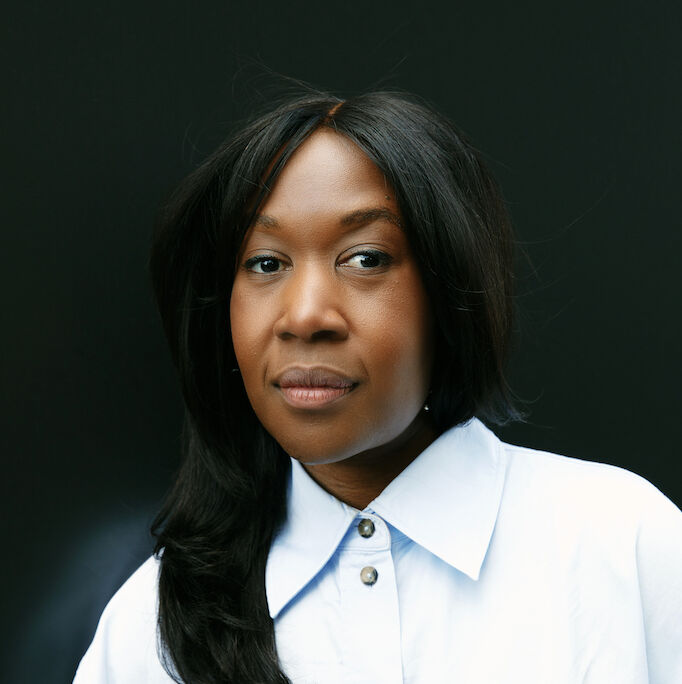

Interview Collector Maria Sukkar
Maria is also a legendary patron of the arts and champion of Lebanese artists thanks to her work with the Beirut Art Centre, British Museum and Tate, where she sits on its Middle Eastern and North African Acquisitions Committee and its Photography Acquisitions Committee.
Here she shares how she juggles so many key roles with her family life…
THE WICK: Talk us through your typical Monday.
Maria Sukkar: My Monday is what I call my quiet day. I take this day off as my weekends are always full on with various children and family commitments. I use this day to unwind, decompress and recharge. It’s mostly free of any social engagements. I also take a break from social media on that day. Apart from resting and putting my house in order, I get organised for the week ahead.
TW: You and your husband had been collecting art for many years before starting a “formal” collection. What finally inspired you to do that, and how do you agree on what works to collect?
MS:
The ISelf Collection is a collection I started with my husband in 2009. Our starting point was an Anthony Gormley sculpture entitled “Extract”. It’s the artist’s own body curled up in a foetal position and cast in small steel blocks. It was this piece that gave the collection the coup d’envoi because of its connection to the human body. We named the collection ISelf because it has the self at its core, with particular reference to the human condition. It explores the central themes of birth, death, sexuality, love, pain, joy, displacement and separation.
We enlisted the help of art consultant extraordinaires Prue O’Day and Anatol Orient, who later became close friends. I learned a lot from their insight and their vast knowledge. Not only did they help us shape the collection and forge great relationships with galleries and artists, they also taught us how to experience art as opposed to simply look at it. The whole journey was (and still is) enlightening and so much fun.
At present, my favourite work in the collection is a work entitled “The End of Love” by Lebanese artist Akram Zaatari. It’s a series of 48 black and white pictures, mainly of brides and grooms, and the work comes from the archives of Hashem El-Madani in Saida.
I love this work because it is mainly about a moment of encounter between two people, a moment of love and hope.
TW: You’ve been such a huge supporter of Lebanese artists, facilitating the first international retrospective of Saloua Raouda Choucair in 2013. Who are the Lebanese artists to collect now?
MS: I am currently watching Lebanese artist Stephanie Saadé. Her work is very poetic and quite metaphorical at the same time. I am also a huge fan of Ali Cherri’s work. Ali has just shown at the National Portrait Gallery in London as part of its artist in residence programme.
TW: ISelf’s exhibition at Whitechapel Gallery in 2017 and 2018 was so well-received with over 350,000 visitors. How did it feel to have your collection on display in a public space as opposed to your home?
MS:
The Whitechapel exhibition of ISelf was a very humbling experience as a whole. It was the first major public display of our collection in the UK. To put it all into context, this was in continuing with the Whitechapel Gallery’s programme of opening up rarely seen collections from around the world. It was organised in four exhibitions or chapters and each chapter was titled after an artwork in each display. This programme was the original brainchild of the amazing Iwona Blazwick who was the gallery director at the time.
I was quite anxious prior to opening night as we had no say in what and how artworks would be exhibited. I didn’t know how the wider public would react to pieces we have been collecting for more than 10 years and only shared privately with close friends. But we trusted the brilliant Whitechapel curators Emily Butler and Lydia Lee and loved how they displayed the works they chose. It all looked quite different in the gallery’s larger space, and the works had the chance to be part of a larger conversation. We had great press reviews overall and this show was a seminal moment for the collection.
“I didn’t know how the wider public would react to pieces we have been collecting for more than 10 years.”















